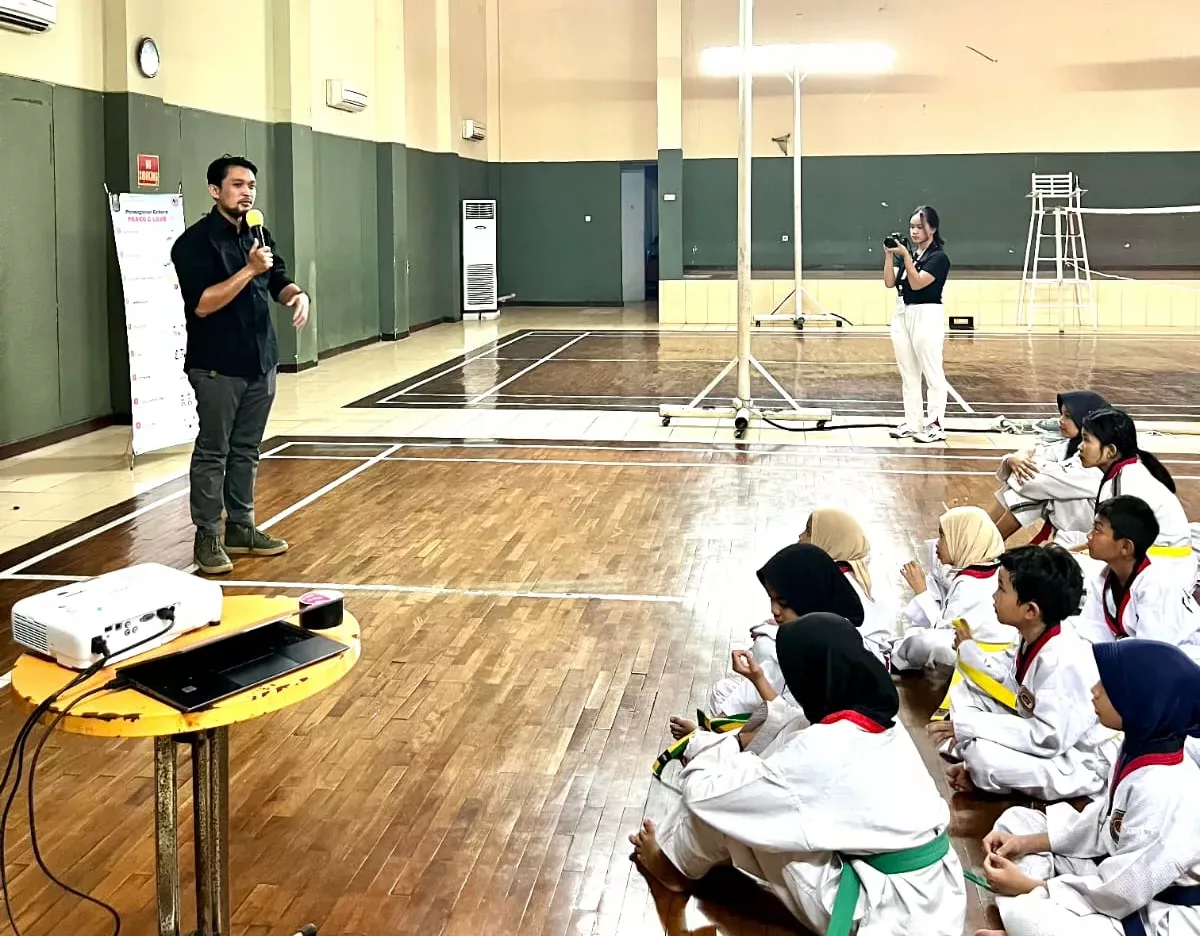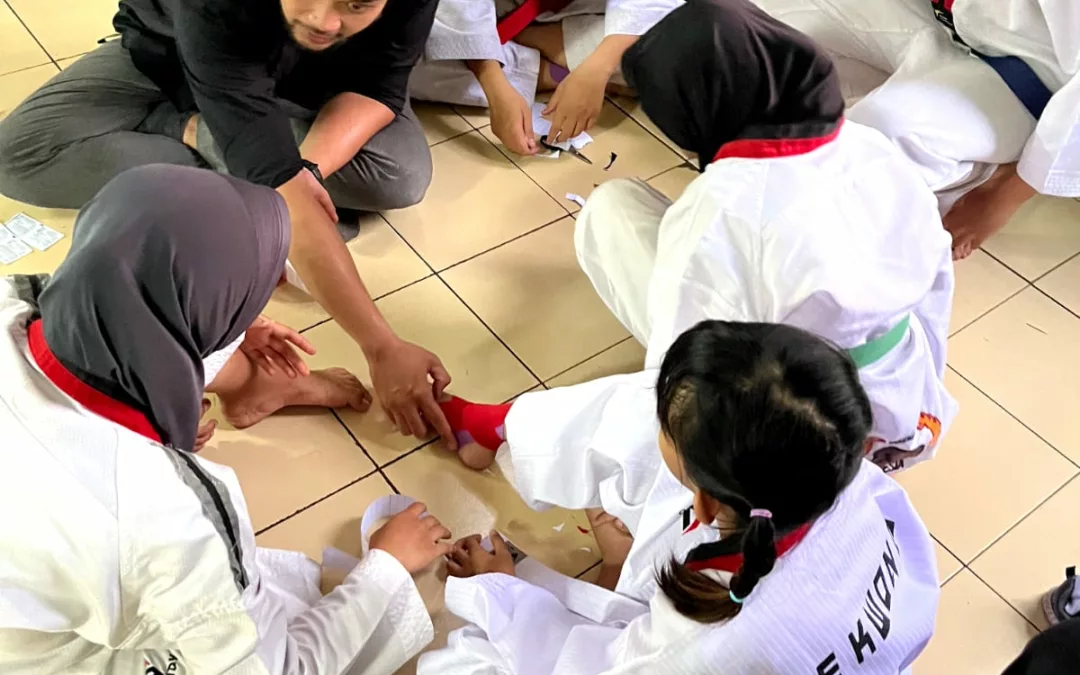Depok-Cases of Covid-19 sufferers in Southeast Asia and globally have soared again. The Ministry of Health of the Republic of Indonesia released data on Covid-19 patients which reached 2,204 cases as of December 19, 2023. The increase in Covid-19 cases occurred since week 41 or the period 8-14 October 2023. The mutation of a new variant of the virus and a decrease in immunity after six months of the vaccine are thought to be factors causing the Covid-19 number to increase.
One of the lecturers in the Physiotherapy study program, Vocational Education Program, Universitas Indonesia (UI), Riza Pahlawi, Str.Ftr., M.Kes., an expert in the field of sports and cardiorespiratory physiotherapy, said that previously Covid-19 had started to subside in 2022. However, there is a new problem which is referred to as Long-Covid Syndrome (LCS), namely various symptoms that arise after SARS-CoV-2 infection occurs in a person. These symptoms also have a negative impact on trained people, such as athletes, with physiological problems.
He explained that Covid-19 infection that occurs in the lungs can reach the heart. If the Covid-19 virus reaches the heart and causes infection, there will be abnormalities in the heart, such as inflammation, fibrosis, and cardiac problems, such as myocarditis and pericarditis. Professional athletes infected with Covid-19 have different conditions and can be accompanied by symptoms (symptomatic) or without symptoms (asymptomatic). This is influenced and depends on each individual’s immune system.
 (Photo: Riza providing information about the physiotherapy program to athletes)
(Photo: Riza providing information about the physiotherapy program to athletes)
“Even though problems with the cardiorespiratory system are detected, athletes still have to exercise. However, the exercises carried out aim to improve the cardiorespiratory system. So, the intensity of the training carried out will be lower than the usual training,” said Riza.
The exercise program is carried out in stages because limiting exercise to moderate-high intensity must be done so as not to worsen heart inflammation. Starting from training with a low intensity, then increase the intensity gradually. The recommended exercise recommendations are aerobic exercise and low-moderate intensity. Determining the exercise dosage can use the maximum heart rate (HRmax) percentage, which can be calculated using 220 – age. If athletes have to do aerobic exercise with low-moderate intensity doses, then the intensity calculation is 50-75% HRmax.
Riza added that the inflammatory process of the heart can continue to occur after treatment in patients. So, it is necessary to carry out routine checks for six months after being diagnosed before finally being declared healthy and able to return to their sport. “It is hoped that the issue of Long-Covid Syndrome, which is becoming increasingly evident in society, will become a concern for athletes to carry out detailed examinations, especially athletes who previously had a history of being infected with Covid-19,” said Riza.
When athletes are infected with Covid-19 and experience inflammation in their heart, a physiotherapy program that is very effective and recommended to be carried out with low-moderate intensity is aerobic exercise such as jogging, brisk walking and long distance walking; resistance training; and breathing exercises.
It is hoped that these various exercises can help athletes maintain their functional capacity and give the heart time to recover and return to normal, so that athletes can return to exercising with their previous intensity.


